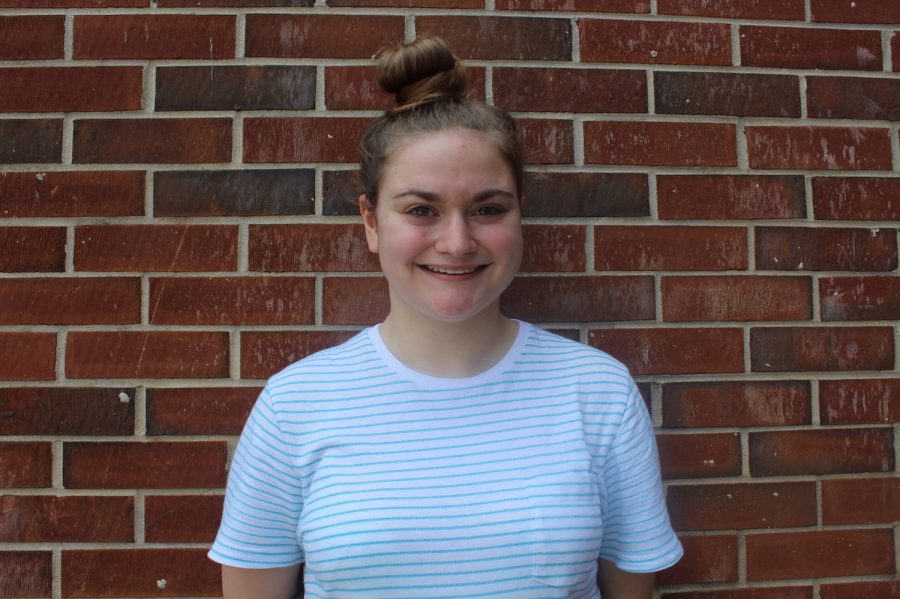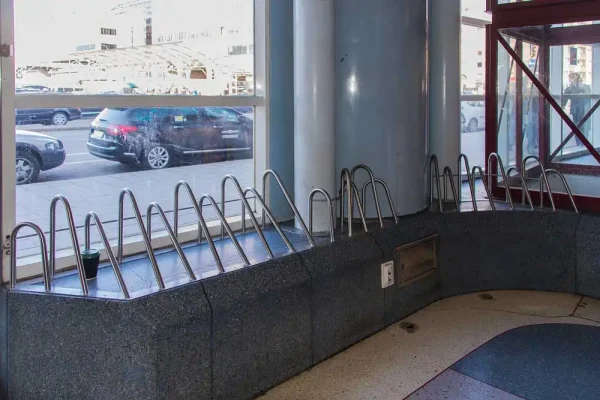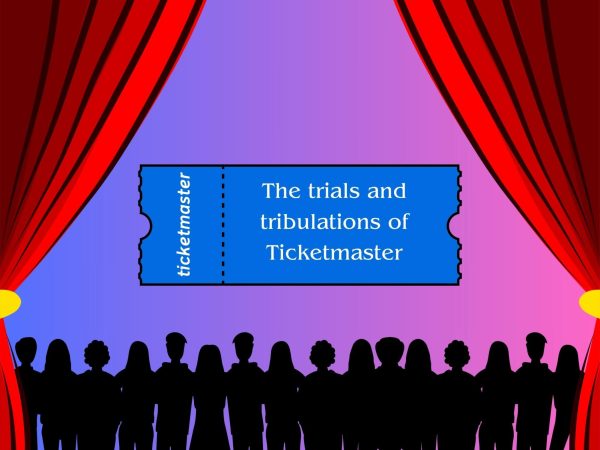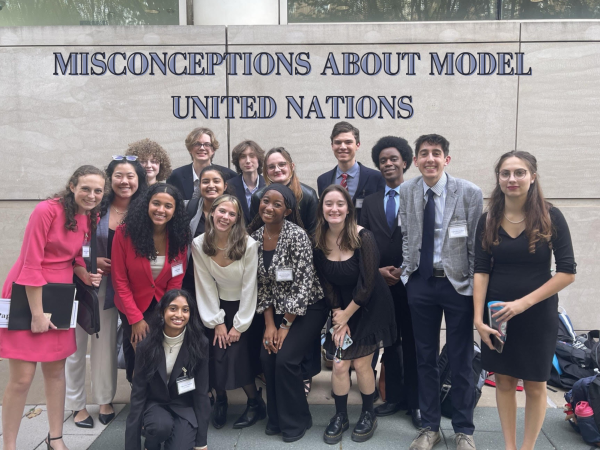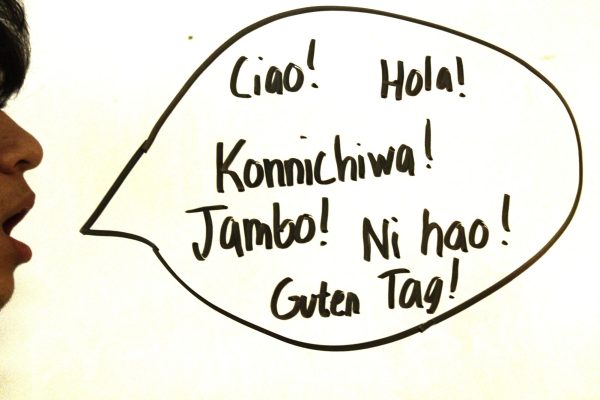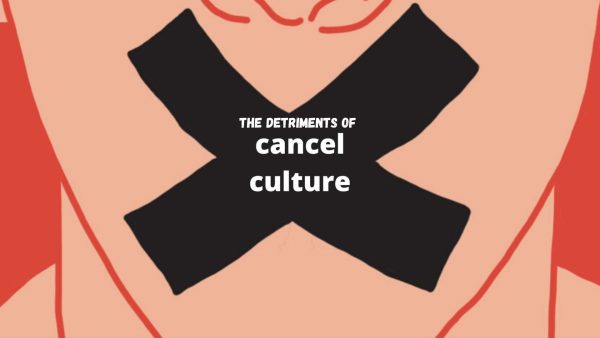How Pokemon Go saved the world
August 18, 2016
Niantic’s newest video game, Pokémon Go, took the world by storm on July 6, 2016. Over 200 million people play the virtual reality game, hunting, catching, and battling the beloved animated creatures such as Pikachu, Bulbasaur, and Squirtle.
Using augmented reality to combine the Pokémon universe with the real world, players immerse themselves into the game. Furthermore, Niantic uses GPS location for PokéStops, where players can stock up on items such as Pokéballs and eggs, and Gyms, where players virtually battle each other through their strongest Pokémon. Both types of stops correlate to places of significance to the region such as Swift Cantrell Park, Big Pie in the Sky, and Six Flags over Georgia.
Although older generations complain the app will die out in the upcoming months and only serves as a temporary fad, Pokémon Go changed the idea of mobile apps as well as players’ lives, especially among millennials. Pokémon Go’s objective — catch ‘em all and achieve the title PokéMaster— encourages significant social and emotional behaviors that disappeared with technology’s rise.
Thanks to Pokémon Go, players venture outside their homes catching Pokémon or hatching eggs. As a result, exercise started flourishing across America. Walking up to ten kilometers to hatch eggs leads to weight loss and physical fitness for players. As childhood obesity rates rise throughout America and especially in the South, Pokémon Go possesses the ability to lower obesity rates and weight-related diseases.
Because PokéStops locate significant places to the area’s culture and provide a brief background on the stop, players can also learn more about their neighborhood and further understand their region’s history.
Businesses with PokéStops benefit from the increasing profit and incoming foot traffic, and run specials specifically for Pokémon Go players. For instance, Cinnabon at Town Center Mall posts a special at the register where players with certain levels receive discounts or free food. Players simply present their Pokémon Go homepage with their status and enjoy a complimentary treat.
As players walk, they can download an app called Charity Miles. The app donates 25 cents for every mile walked and players decide from over thirty different charities they can donate to. While hatching eggs and catching Pokémon, players in Muncie, Indiana also walk dogs in animal shelters. Both the dogs and players benefit from the relationship.
Pokémon Go players also meet each other while catching Pokémon, sparking friendships and socialization. When players achieve level five status, they choose one of three teams: Mystic, Instinct, and Valor. Each team supports a different viewpoint on how characters study Pokémon and players pick which opinion they agree with. The teams create community and unity between players, as well as friendly competition.
Other generations besides millennials enjoy Pokémon Go; senior citizens sometimes play the game as a means of physical therapy. The app improves hand-eye coordination, standing balance, and fine motor skills.
Pokémon Go provides multiple benefits to not only the players, but the community. Players enjoy the outdoors and exercise as well as socialize with other players, businesses with PokéStops gain popularity when offering special discounts for players.
In the past month and a half, Pokémon Go accomplished feats that no other video game accomplished prior: encouraged positive, productive behavior and impacted the community in an unprecedented way.




